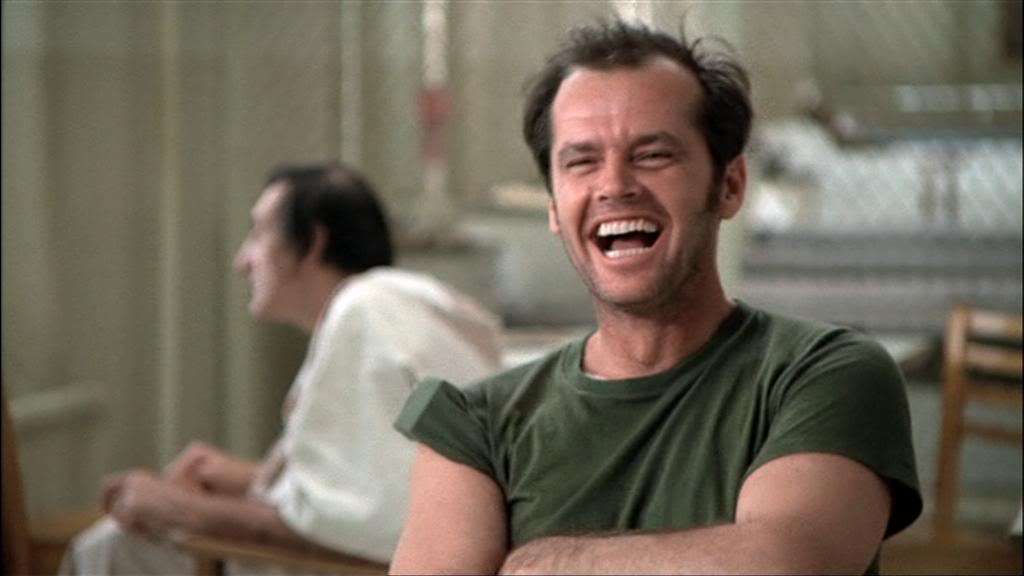pulp fiction opening scene:
The opening scene reveals necessary information about the film, and what can be expected in the rest of the film.
cinematography:
natural lighting used to create authenticity and realism. this was typical of post-modern independent films, as real life was portrayed through film rather than fantasy. the characters in the film are also raw and authentic, and have normal lives and problems, meaning the lighting reflects this authenticity.
 |
| again the camera faces up towards Jules, showing his dominance and power. |
performance:
casual conversation before violent killing which conveys the casual nature of violence in the film. their jobs and crimes and separate from themselves as a person, and their individual characters are not reflected in the work that they carry out. Tarantino wanted the audience to view the characters as normal people, not just assassins. their job is separate from their individual characters, and the audience can therefore relate with them and like their characters.
camera angles:
camera at low angle facing up to characters in order to portray their dominance and creates a feeling of intimidation. camera usually straight on when filming men and is fixed which shows their professionalism of them. this also suggests that they are used to committing violent acts. they are composed when committing crimes. the two characters are also equal in the shot, demonstrating their partnership, which was unusual, as black characters were usually portrayed as inferior in film history.

sound:
sound is elevated to the position and importance of a character. this is an auteur trait of Tarantino. opening sequence sets mood through sound for the audience, and the same music also plays on the radio in the car. Tarantino tells the audience how to feel throughout the film through his use of sound and music. often music will juxtapose a violent or disturbing scene, which means that the audience is unable to experience the scene in their own way, instead, the attributes of the scene direct the audiences feelings.

